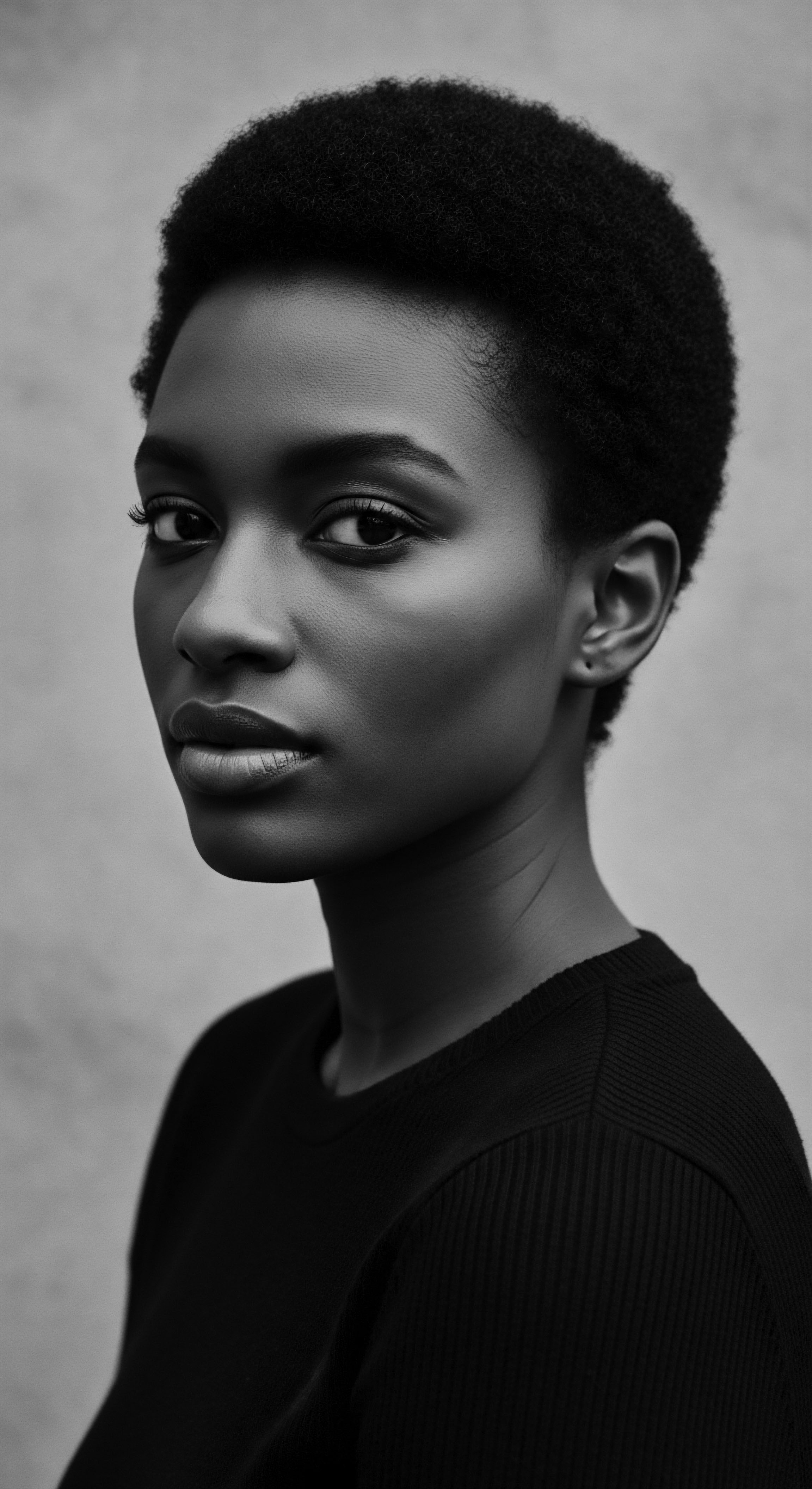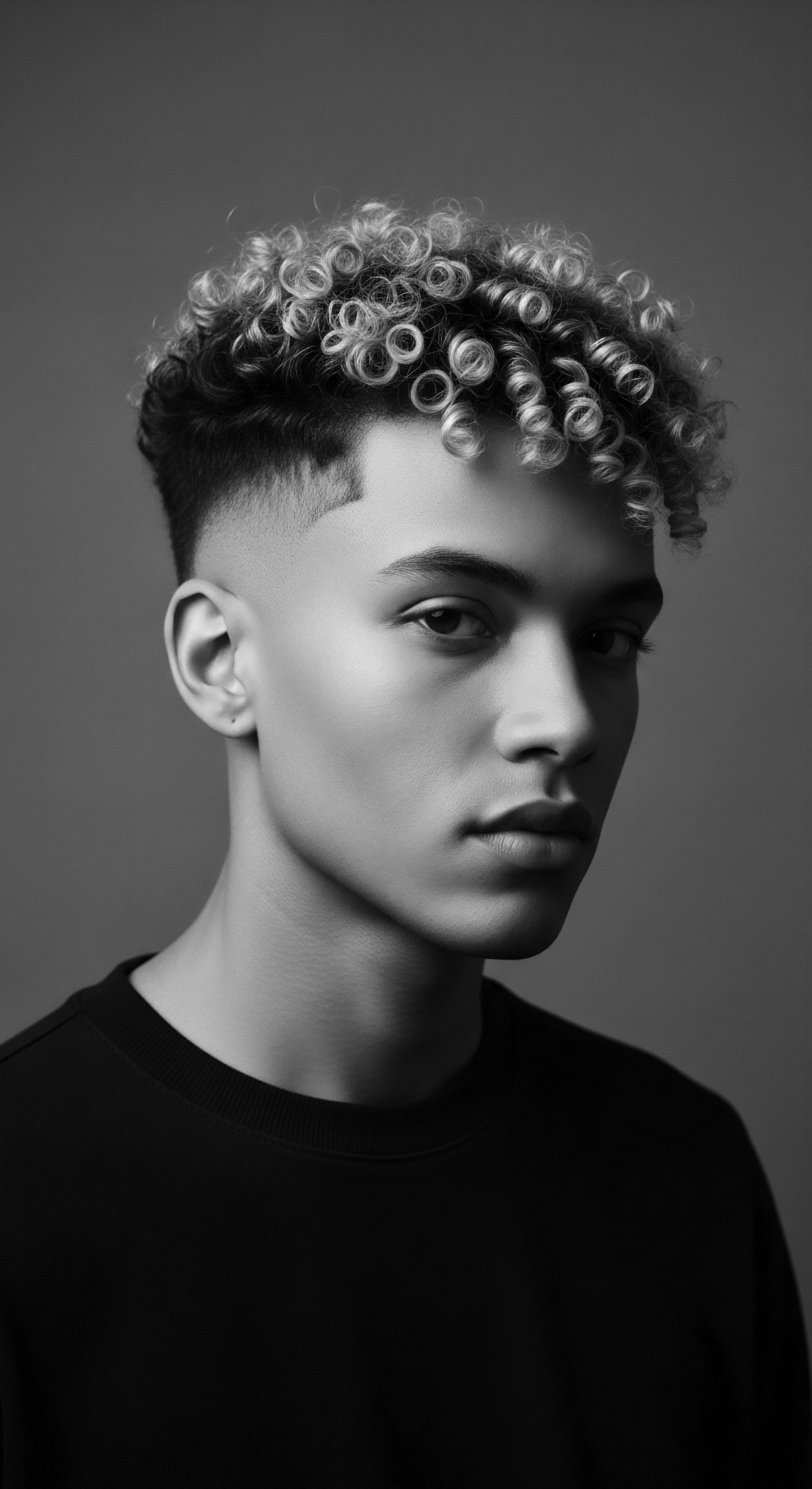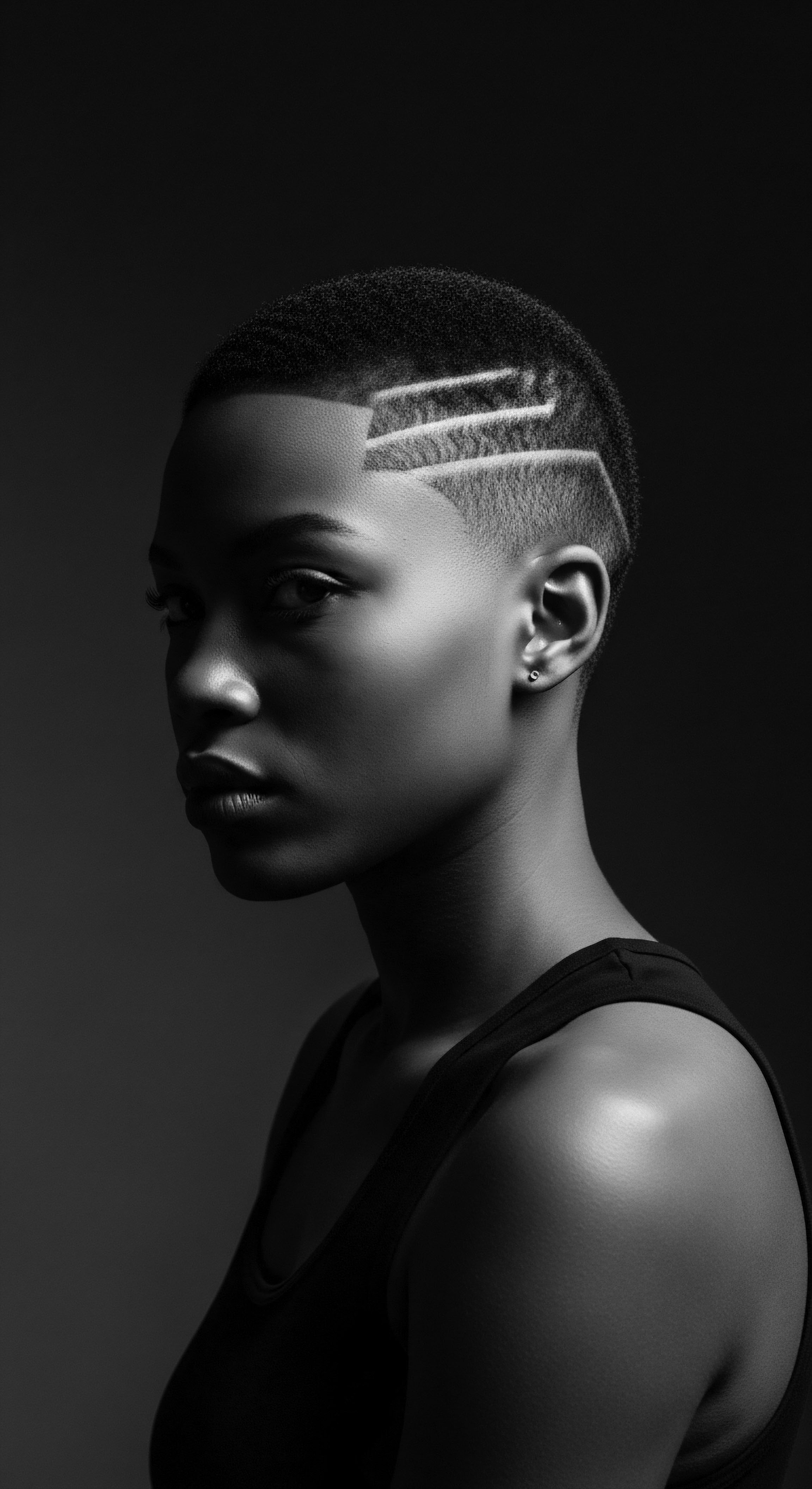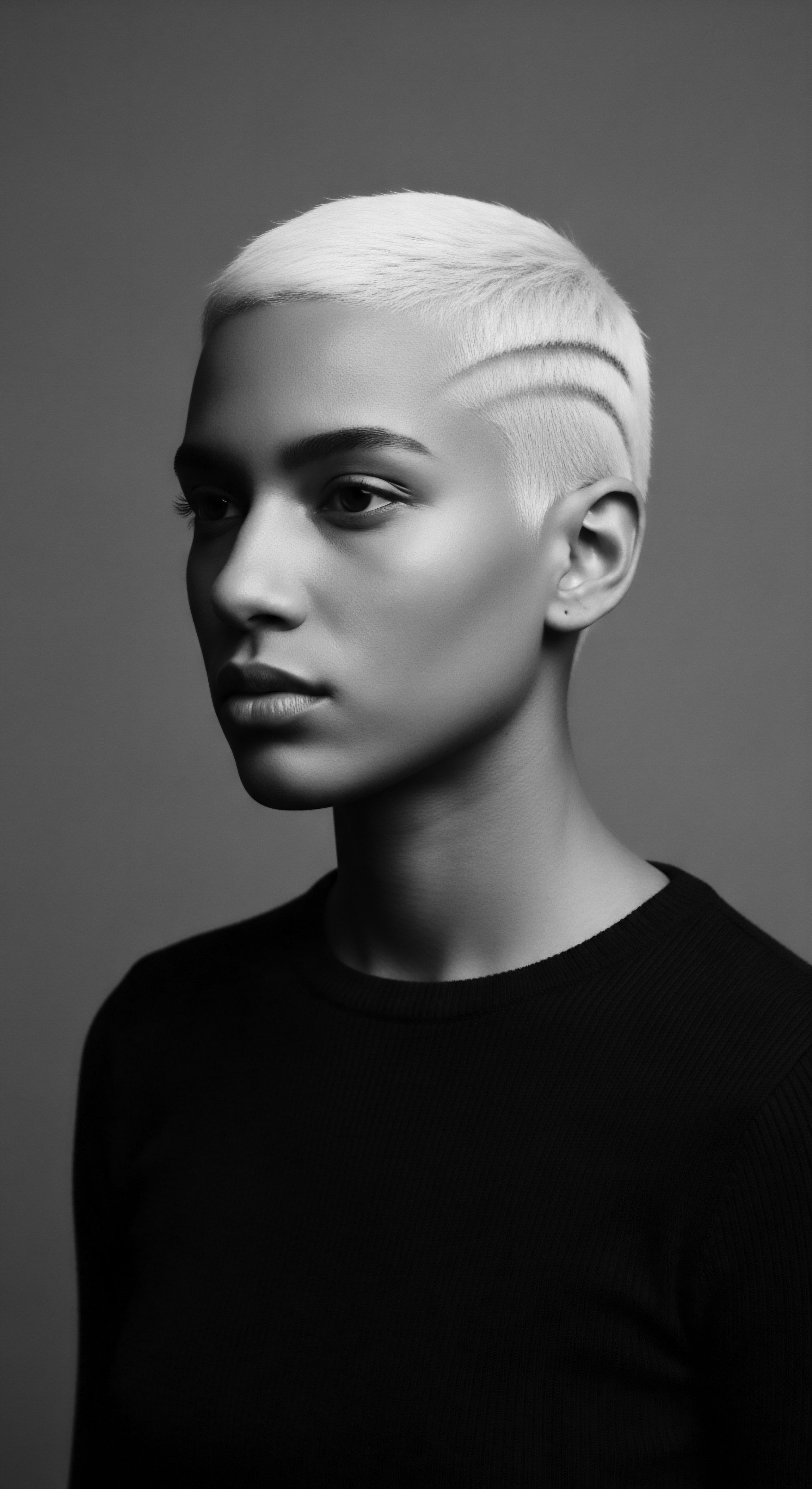
How do headwraps connect modern care to historical heritage?
Headwraps connect modern textured hair care to historical heritage by serving as protective coverings, cultural markers of identity, and symbols of resilience against oppressive norms.

Tignon Law Legacy
Meaning ❉ The Tignon Law Legacy explores colonial legislation that sought to suppress Black women's hair, inadvertently sparking a powerful cultural resistance.

How do headwraps provide sun protection for textured hair?
Headwraps provide sun protection for textured hair by forming a physical barrier, preserving moisture, and sustaining heritage practices of care.

Head Covering Culture
Meaning ❉ Head Covering Culture defines the historical and contemporary practice of veiling hair, a practice deeply intertwined with textured hair heritage, identity, and care.

What historical role did headwraps play in Black hair heritage?
Headwraps historically protected textured hair, signified status, and became a powerful symbol of Black women’s resilience and identity.

Sun Protective Rituals
Meaning ❉ Sun Protective Rituals are deliberate practices and historical customs safeguarding textured hair from solar damage while affirming deep cultural identity.

How did colonial laws influence headwrap use for textured hair?
Colonial laws attempted to degrade headwrap use by Black women, yet they transformed them into vibrant symbols of heritage and resistance.

In what ways did headwraps serve as both protection and cultural identity for textured hair heritage?
Headwraps shielded textured hair from harm while declaring cultural identity and ancestral heritage.

What is the cultural significance of hair coverings in Black heritage?
Hair coverings in Black heritage are profound cultural markers, reflecting ancestral wisdom, protection, and identity for textured hair.

What are the historical origins of headwraps?
Headwraps historically protected textured hair and conveyed social status, transforming into a symbol of resistance and cultural identity during enslavement.

What role did headwraps play in hair heritage?
Headwraps served as ancestral protectors for textured hair, symbols of cultural identity, and powerful statements of resistance within Black and mixed-race heritage.

What historical laws influenced the use of headwraps in the diaspora?
Historical laws, particularly sumptuary dictates like the Tignon Laws, compelled headwrap use, inadvertently fueling resistance and solidifying the headwrap's enduring connection to textured hair heritage.

How did Tignon Laws shape headwrap meaning?
The Tignon Laws, by mandating head coverings, inadvertently solidified headwraps as a powerful expression of Black women's cultural pride and resilience.

What traditional practices influenced Black hair?
Traditional practices influenced Black hair through symbolic meaning, communal rituals, protective styles, and natural ingredient use, all rooted in heritage.

What historical significance do headwraps hold for hair health?
Headwraps historically provided essential hair protection, symbolizing resilience and cultural identity for textured hair heritage.

What is the cultural significance of hair texture in Black and mixed-race communities?
Hair texture in Black and mixed-race communities holds deep cultural significance, rooted in ancestral heritage as a marker of identity, status, and resilience.

How did textured hair care evolve as a coping mechanism in bondage?
Textured hair care in bondage transformed into a heritage-bound coping mechanism, asserting identity and connection amidst systemic dehumanization.

How did headwraps protect Black hair heritage?
Headwraps protected Black hair heritage by shielding delicate strands, preserving moisture, and serving as a powerful symbol of identity and resistance.

What is the historical significance of headwraps in protecting textured hair?
Headwraps historically safeguarded textured hair from environmental damage while symbolizing identity, status, and resilience across diverse cultural heritages.

